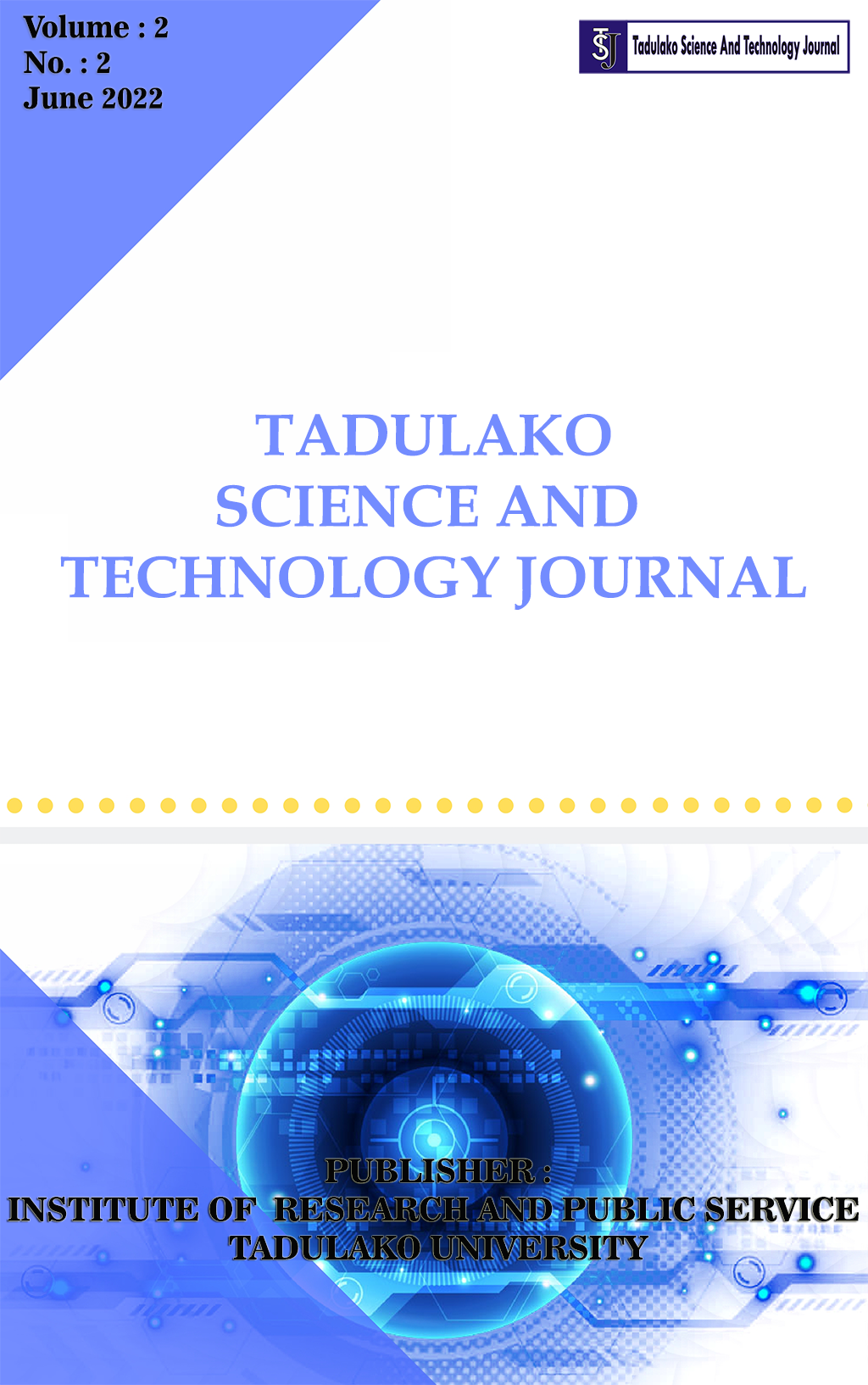Main Article Content
Abstract
Introduction: The growth of the mining industry in Central Sulawesi is currently growing rapidly, starting from excavations A, and B to C. The Buluri area currently has many active C excavation mines, but does the area have the potential for mining area development? This research was conducted with the aim of knowing the level of potential or constraints on the development of mining areas. Method: The location of this research is located in Buluri Village, Ulujadi District, Palu City, Central Sulawesi. The method used in this research is direct mapping in the field to determine the genetic unit of the region and scoring on each subfactor of the genetic unit of the region to determine the development of mining areas. Results and Discussion: The results showed that in the Buluri area, there are two regional genetic units, namely the genetic unit of the moderately deformed porphyry andesite plain area (1221) and the genetic unit of the moderately deformed porphyry andesite hills area (1222). Conclusion: Based on the results of subfactor calculations in each regional genetic unit, it is found that the genetic unit of the moderately deformed porphyry andesite plain area (1221) is included in the low-level mining area development category, and the genetic unit of the moderately deformed porphyry andesite hills area (1222) is included in the medium- level mining area development category.
